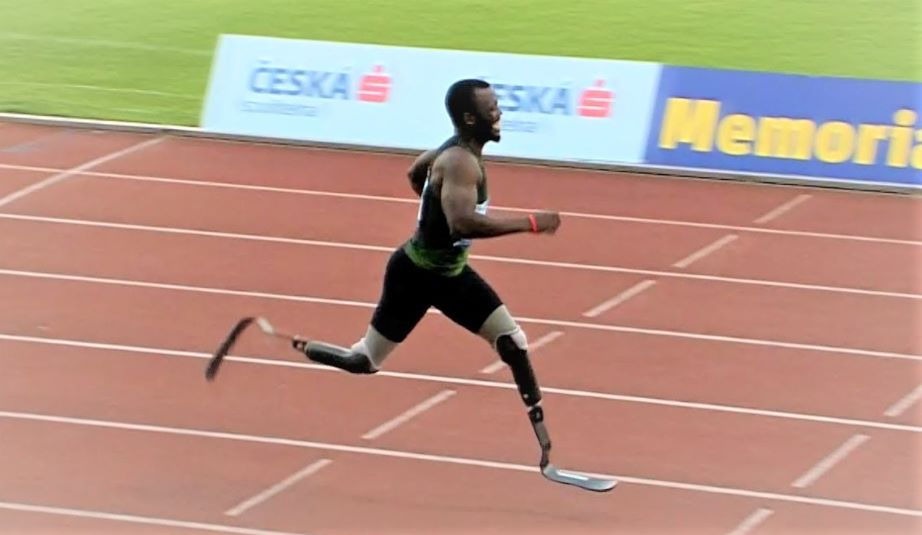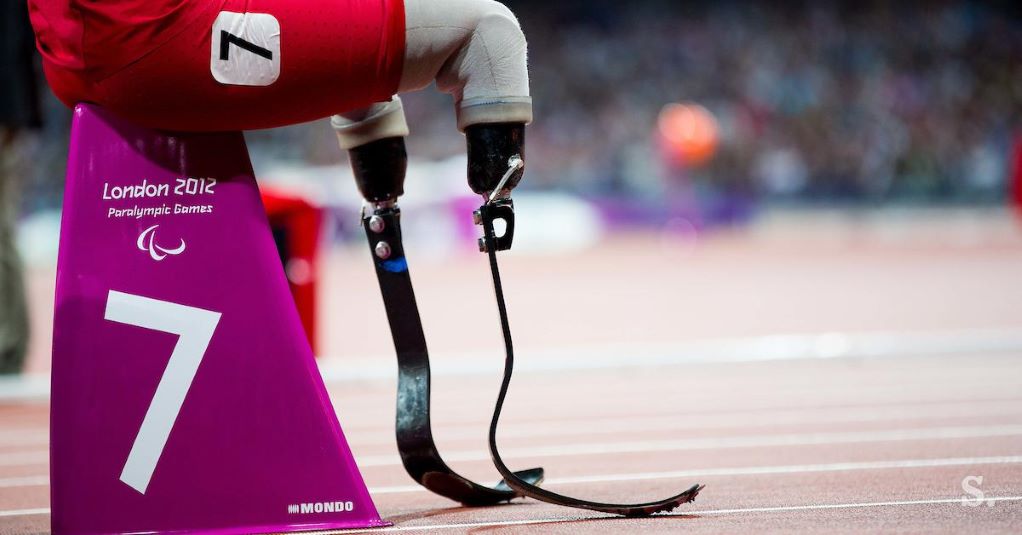 The World Athletics Mechanical Aids Review Panel has today decided against a new application from the athlete Blake Leeper to use a specific set of running-specific prostheses in World Athletics Series events or the Olympic Games.
The World Athletics Mechanical Aids Review Panel has today decided against a new application from the athlete Blake Leeper to use a specific set of running-specific prostheses in World Athletics Series events or the Olympic Games.
After careful deliberation the Panel, chaired by David Grace QC, reached the following decision:
“World Athletics has satisfied its burden of proof on the balance of probabilities that the use of the mechanical aids by Blake Leeper in the form of passive-elastic carbon-fibre running specific prostheses (RSPs) that give him a leg length of 104 centimetres and a standing height of 184 centimetres provides Blake Leeper with an overall competitive advantage over an athlete not using such aids, with the result that the use by Blake Leeper of such RPSs in any World Athletics sanctioned events is not allowed pursuant to Rule 6.3.4 of the Technical Rules of World Athletics.”
The decision means Mr Leeper cannot compete wearing these new RSPs at World Athletics’ major international events (WAS Events) or the Olympic Games but can in other International Competitions although his results will be listed separately and not recognised.
The Mechanical Aids Review Panel, consisting of five members including legal, technical and competition experts, was formed in January 2021 to consider applications and determine whether any mechanical aids proposed to be used by an athlete provide him or her with a competitive advantage.
As part of the process of considering this application, Mr Leeper and his RSPs underwent a series of tests conducted by Professors Weyand and Bundle at the Southern Methodist University in February and March 2021.
Before deciding on the case, the Panel considered four questions.
1. Does the MASH (Maximum Allowable Standing Height) rule have an application outside the context of regulating para-athletics?
The Panel concluded that the MASH rule was established to maintain fairness in competition by preventing disabled athletes from over-compensating for the absence of a missing limb and that it therefore did have application outside the context of regulating para-athletics.
2. Does the MASH rule have any application to Black athletes?
The Panel concluded that the weight of rational scientific opinion is to the effect that the MASH rule does have application to black athletes of African descent. The Panel carefully considered all the competing arguments and is confident that there is a scientifically proved basis upon which the MASH rule has the asserted application.
3. Does Mr Leeper run unnaturally tall in using his new RSPs which give him a standing height of 184 centimetres?
At the CAS hearing last year, in relation to a previous application from Mr Leeper, it was not in dispute that, were Mr Leeper required to comply with the MASH rule, he would not be permitted to run at a height greater than 174.4 centimetres. At the tests conducted at the Southern Methodist University in February and March 2021 Mr Leeper’s standing height with his new RSPs was measured at 184 centimetres with a leg length of 104 centimetres. The difference between the MASH and his standing height is thus 9.6 centimetres. The only conclusion that is open is that Mr Leeper is running unnaturally tall in using his new RSPs.
4. Does the height of Mr Leeper’s RSPs result in Mr Leeper running faster in the 400 metre event than would otherwise be the case?
The reports submitted satisfied the Panel that there is a direct relationship between leg length and running speed and that therefore the height of Mr Leeper’s RSPs result in him running faster in the 400m event than would otherwise be the case. This was also the conclusion reached by the CAS.
World Athletics thanks the Mechanical Aids Review Panel for its diligent approach in considering this application and the experts who provided their technical assistance to this process.
World Athletics































